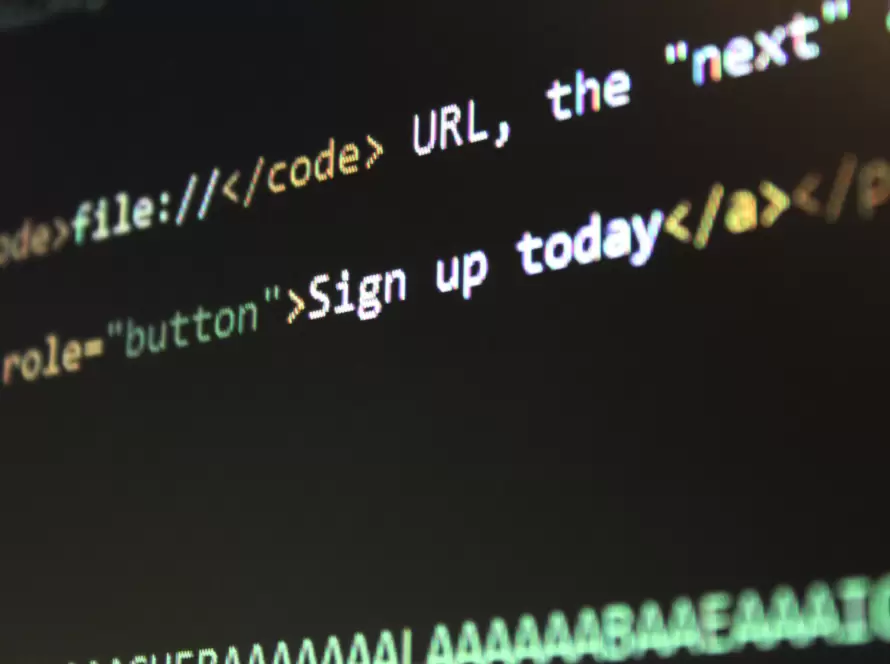Generated by Contentify AI

The use of HTML elements is a powerful tool for creating interactive web pages. These elements, also known as anchor tags, allow you to easily create hyperlinks and navigate between different sections of your website. In this blog post, we will take a closer look at how to effectively use HTML elements to enhance the interactivity of your web pages.
One of the most common use cases for HTML elements is creating clickable links. By simply enclosing the desired text or image within the tag and specifying the URL in the href attribute, you can turn any element into a link. This makes it incredibly easy for users to navigate through your website and access relevant content with just a single click.
In conclusion, the use of HTML elements is essential for creating interactive web pages. Whether you want to create clickable links, link to external websites, or implement anchor links within the same page, HTML elements provide you with the tools to enhance the user experience and make your website more engaging. So why wait? Start implementing these techniques in your web design today to create a seamless and interactive browsing experience for your users.



